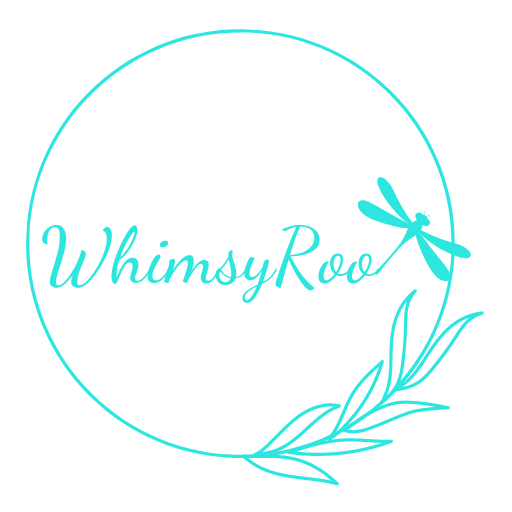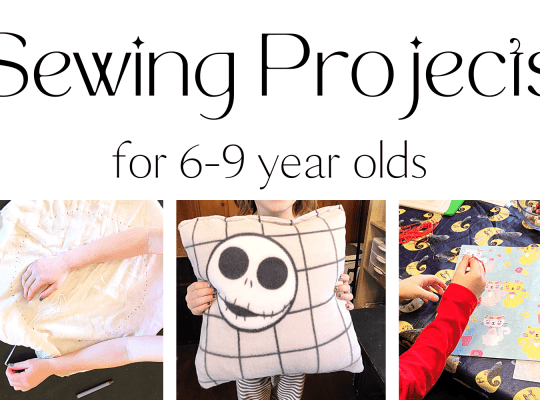Through the elementary school years of our homeschool, we’ve really enjoyed doing unit studies! R loves to focus on learning just one thing, and when I’m not in a busy season, I love to put together lessons for her that all center around a specific subject. The best part is I can tailor the unity study to be entertaining for E too. She’s only 20 months but loves to be included. This month we did a Bee Unit study in our homeschool.
Our Homeschool Routine
Since March I’ve done Unit Studies about plants, flowers, and food production. I was gardening, so it seemed natural to learn about what was in our backyard. I thought the best unit study to continue the theme would be bees! Here is how I structured my Homeschool Bee Unit Study and some suggestions on materials to use.
*This post contains Affiliate Links. I will earn a small commission if you choose to make a purchase through my links. Read my Full Affiliates Disclosure here.*
Homeschool Bee Unit Study
While the move has thrown us off, we do have a homeschool routine I like to stick to.
Mats Out
The mats I use are similar to these. The girls both have one and they sit on those during read-aloud, narration, and flashcards. I’ll usually read-aloud from a book or two discussing the unit study theme.
Read a Loud
For our Homeschool Bee Unit Study I liked “Amazing Bees” in the DK Readers L2 series, “Kaia and the Bees” by Maribeth Boelts, “Flight of the Honey Bee” by Raymond Huber and “Honeybee” by Candace Flemming and Eric Rohmann. R will then narrate or “tell back” the story. This is a concept Charlotte Mason homeschoolers are very familiar with.
Flashcards
I use flashcards like these for math drills. E has a set like this for shapes and colors she plays with during this time. We really enjoy this set of phonics flashcards. We’re working on the “Phonics Made Easy” set because it goes through many of the “special sounds” we learned in the Abeka phonics program. Even E can participate in this!
Songs and Movement
Songs and Movement is usually some action songs I picked up as a dance teacher. Plus we add in dance, yoga, and some tumbling. For our Homeschool Bee Unit Study we loved using Laurie Berkner Band’s “Bumble Bee (Buzz Buzz)” then practicing ballet (because I have that training) to “Flight of the Bumblebee.” I could have done yoga poses that tied into bees or more action songs like “I Found A Little Baby Bumble Bee.” But on the first day of the bee unit study, we learned that honey bees communicate to each other by dancing! *Note, these links are all for Spotify. But you can easily find them on Apple or YouTube!*
Honestly, most school days we ended there. E is usually ready for a nap, and R is having a hard time getting back into a school rhythm. But maybe twice a week, E would go down for a nap and R would move to the table. This is when our worksheets come out. Neither of us like worksheets so I do only one sheet for math and one sheet for phonics. I bought these wool felted bees on Amazon for the girls during the bee unit study. R used them as manipulatives for adding and subtracting. Other bee activities we used the wool bees for are hive building with these geometric shapes, lots of pretend play, “pollinating” the wildflowers outside, and more when we weren’t even in our school hours. This bee toy would also be a great open ended toy to add to your bee themed activities!
Art
While I put E down for a nap, R likes to do art. Sometimes it’s exploring or creating on her own. The bee activity for art was using this YouTube video by Kids Art Hub to draw a realistic bee. We also made Pipecleaner Bees. These were similar to our pipecleaner Butterflies from our preschool butterfly unit we did a few years ago.
Spanish/ASL
Spanish or ASL is sprinkled throughout our day. E has been learning baby signs since she was around 9 months old and that naturally led to R learning more advanced signs. We both enjoy Spanish and use flashcards like these, and listen to the “Eat Your Spanish” podcast.
Writing and Dictation
Writing and dictation are usually one lesson and we choose a phrase or sentence from the books we read earlier. For example I dictate to R “Bees have many jobs in the hive.” She writes that out as I assist with spelling or point out special sounds and punctuation.
Nature Science
When the weather is nice and time allows, we go on a nature walk. We bring these 6 rings A6 binders with blank paper and document what we see. For our homeschool bee unit study we counted the bees we saw, tried to identify the type, and observed them pollinating and collecting nectar from the wildflowers. We filled a page or two with doodles, sketches, and a few sentences about all we observed. If R is stuck on what to write about, I ask questions about the 5 senses. “What do you see? What do you hear?” Then follow up with why questions, “Why are bees yellow and black? Why do they make a humming sound?” We can use these questions later in our bee unit study as jumping off points.
Independent Project
The final part of our homeschool day, if we do a full day, is for R to work on an independent project. This can be for as long as she finds enjoyment in it. Right now she has been working on making friendship bracelets for her friends. She also loves to illustrate her own comic books! Here are some great bee activity kits that go well with a homeschool bee unit study
If you would like to try a fun Bee themed activity together, you could make a beeswax candle like this one!
Homeschool Bee Unit Study
So that’s how we learned about bees through our homeschool bee unit study. Each day takes between 1.5-3 hours depending on how much we did and how R’s attention level was. I’m sure there are so many more fun crafts and science experiments you could do along with this unit study! We worked on this for about 4 weeks, but I know many families work on one unit for up to 12 weeks. I hope this serves as a jumping off point for you to create your own bee unit study and fill in your own bee themed activities.

